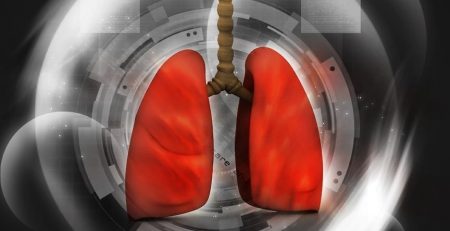Local Bay State Start-Up Teaches Children Importance of Cultivating Gardens & Good Nutritional Habits
The Green Dragons project seeks to address the problems of diet-related diseases and poor fitness in our youth by combining food and martial arts education. Gardening lessons paired with the physical and mental training of martial arts provide young people with tools for a life-long practice of personal and community empowerment. In an era where low-quality, mass-produced food is a threat to our well-being, learning how to grow our own food is a martial art.
We work with institutions of all kinds; schools, churches, temples, farms, community centers, etc., to tailor programs around food and martial arts education. All of our lessons begin by learning and training martial arts skills that will match with a lesson about food (food literacy) and a lesson about society. Sessions last approximately 1.5 to 2 hours and are split evenly between time in physical activity and time in a more traditional classroom environment with hands-on activities. After the first few sessions, participants begin to grow their own seedlings that will eventually be transplanted for full harvest either in an outdoor raised bed or garden or in indoor greenhouses. Depending on the length of the program the growing can be lengthened or condensed. Food literacy builds from basic recognition of plants, to growing and harvesting techniques, to finally preparing the organically raised produce in an appetizing way.
Part I: Finding your root
This lesson begins by training traditional martial arts stances that develop leg strength, concentration and stamina. One example is the horse stance (see picture). These stances develop the “root” of your body and your ability to stand strong and withstand an opponent from knocking you over. There are several ways to train stances such as conducting horse stance for as long as possible with a cup or book balanced on the head. Participants spend the first 45 minutes warming up with stretches and calisthenics, then learning and practicing the set of stances offered by the instructor. The physical training is matched with short questions about how and why people need to develop their root.
Part II: Root Veggies
The second half of the lesson then switches to learning about food, specifically root vegetables. This lesson teaches the difference between three staple vegetables that have strong roots; carrots, potatoes, and radishes. The basic anatomy of these plants is taught, learning the difference between the roots, body and leaves of the plants and even tasting samples of the raw and prepared forms. Then the mass-produced form of the potato, the french-fry, is introduced with discussions of the health implications of this food when eaten in large quantities.
Part III: Protecting your roots
A series of advertisements that feature french-fries are viewed followed with a discussion of the themes and messages in these ads. This media literacy component promotes a critical stance to fast-food advertising targeted to youth. Participants end with a discussion about fast foods and if they are helpful or harmful for a community and its people finding their root. Coming full circle, we connect how forces such as unhealthy food can knock us off our root just as an opponent can knock us to the ground. Training our root through martial arts and knowledge about root vegetables is a good start to preparing for this challenge.













